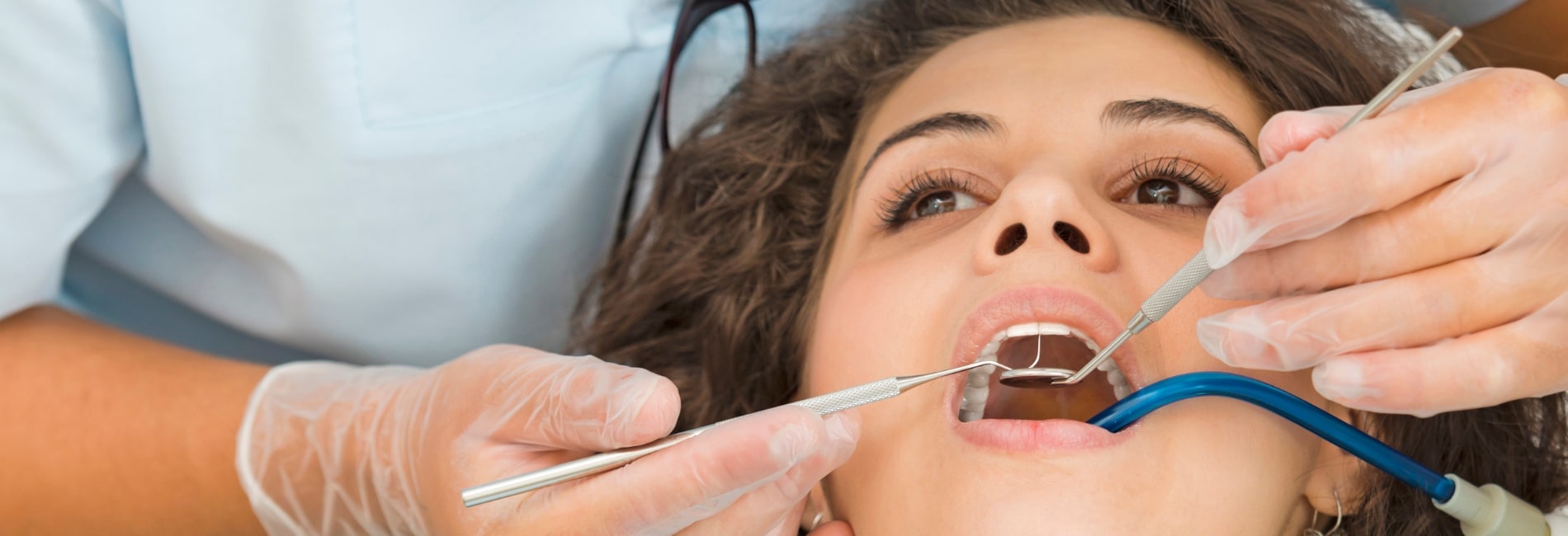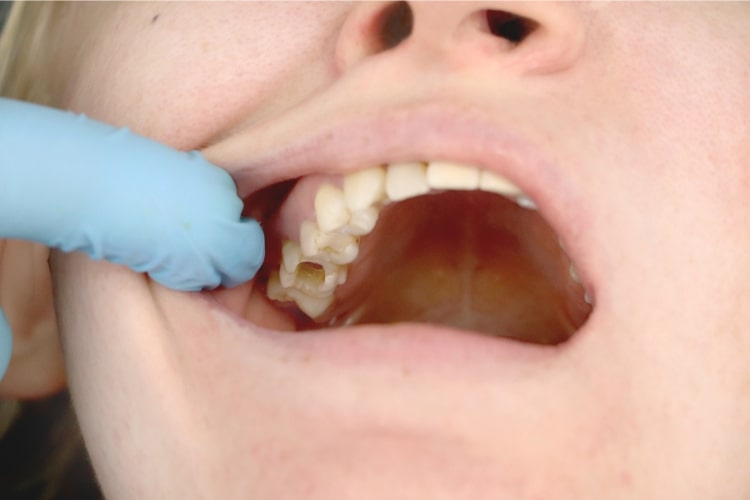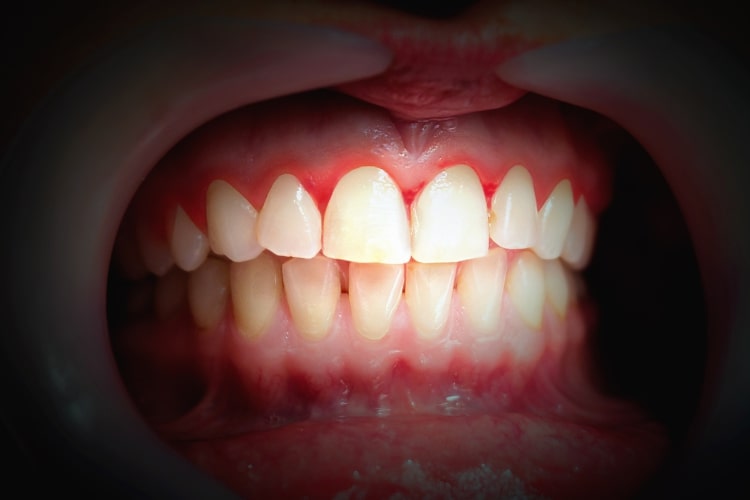
PERIODONTAL SURGERY
Indications You May Need Periodontal Surgery
Periodontal surgery or gum surgery is a medical procedure in general dentistry performed to restore the appearance and function of gums, teeth, and bones that are damaged by a severe bacterial infection below the gum line (i.e. periodontal disease).
Periodontal surgery is recommended for people with advanced stages of gum infection and the supporting tissues. The symptoms of severe gum disease include:
The Procedure
There are different types of Periodontal Surgery. Some may require local numbing of gums, while others may require general anesthesia or IV sedation to make the patient sleep. Depending upon the specific needs or condition of the patient, the oral surgeon performs an appropriate surgical procedure from the following options:

BONE GRAFTING
When the gum disease has progressed to damage to the jawbone surrounding the tooth root, it can be replaced by a graft (i.e. small parts of one’s bone, a donor bone, or an artificial bone). This helps encourage natural bone regrowth and prevent tooth loss.

FLAP SURGERY
During the procedure, the dentist first makes cuts along the gum line to lift a section of the gums away from the teeth and have better access to the tooth roots so that any dental plaque or tartar can be removed and cleaned away. After this deep cleaning, the gum incisions are sutured, so that the tissues are secured around the teeth.

SOFT TISSUE GRAFTING
It involves the removal of a small piece of tissue from the roof of the mouth or the use of donor tissues attached to the areas with sparse or minimal soft tissues. This surgery is performed to treat receding gums and help restore some of the lost tissues.

GUIDED TISSUE REGENERATION
In this technique, the surgeon places a small piece of material between the gum tissue and bone to allow it to regrow.
Post-Treatment Care
- Avoid drinking alcohol and smoking for at least 24 hours beforehand.
- Discontinue or avoid the intake of certain medications like aspirin, blood thinners, and painkillers a few weeks before the procedure.
- Complete the prescribed course of antibiotics to lower the chances of having an infection.
- Arrange for someone to drive home and care for you after the surgery is over.








